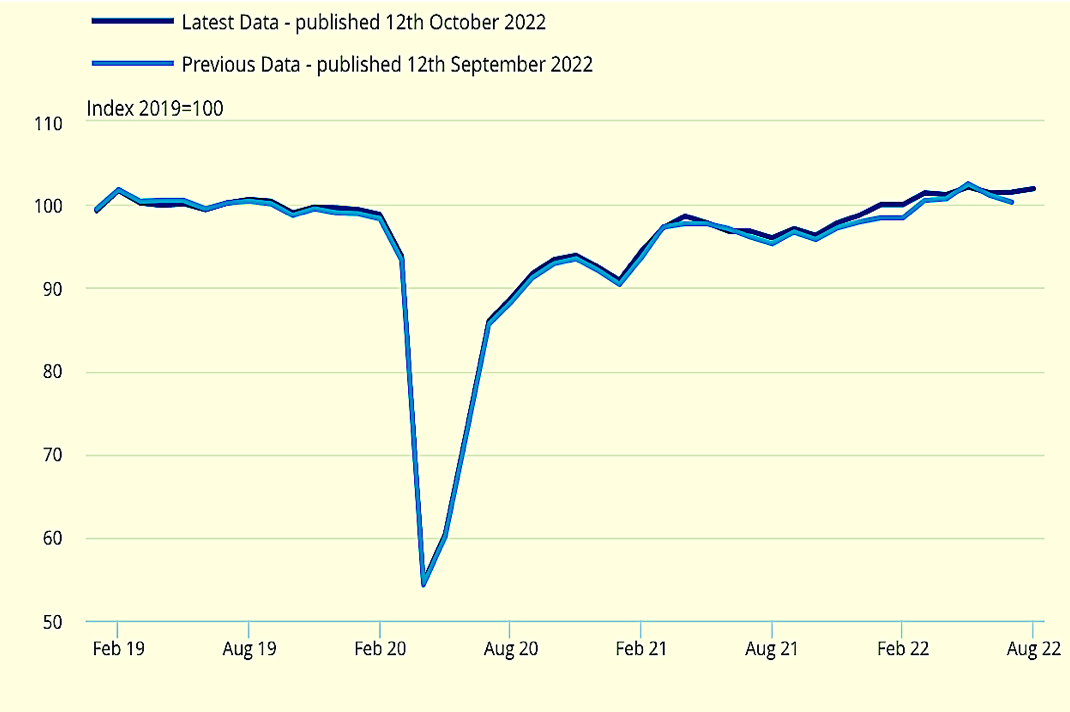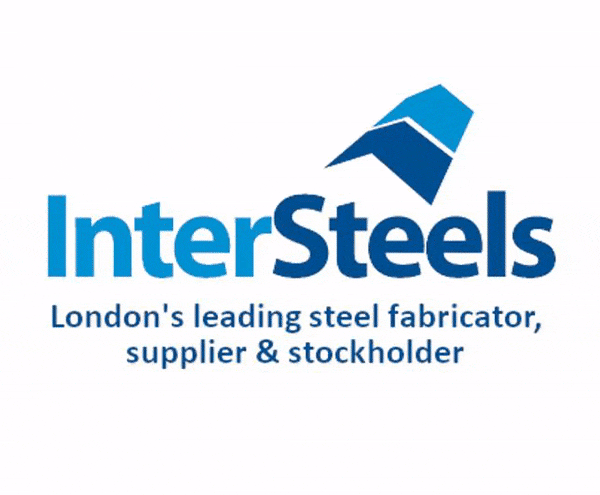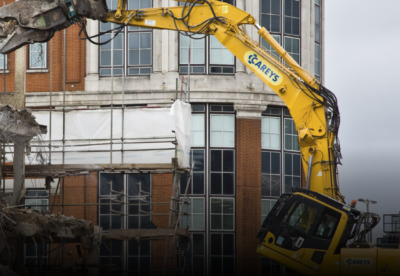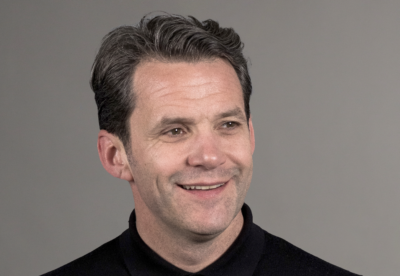Number crunchers at the Office of National Statistics also upwardly revised previous output figures for July. This moved the official figures from a 0.8% contraction in construction output to sluggish 0.1% growth for the month.
The August rise in monthly output came solely from an 1.9% increase in new work, with repair and maintenance falling 2.0% on the month.
Main drivers were infrastructure, private industrial and private housing new work, which increased 5.3%, 4.3% and 1.7%, respectively.
The level of construction output is now 3.2% (£461m) above the February 2020 pre-coronavirus benchmark.
Mark Robinson, group chief executive at procurement group Scape, said: “The construction industry continues to defy wider market conditions to contribute to what is now a near year-long run of growth in the sector.
“As we come out of peak season however, it’s clear that we are set for a challenging winter as inflation continues to affect costs for private and public sector projects alike.
“The Chancellor’s welcome energy support package will no doubt help, but project teams will need to work in close collaboration to manage costs as projects and pricing evolve.
“Continued investment in public sector building projects will be vital for the well-being of the construction industry – and the country – as a whole this winter, with our figures showing that the sector delivered more than £1bn of social value last year alone.”
Clive Docwra, managing director of property and construction consultancy McBains, said: “The moderate growth witnessed in August shows the construction industry is holding firm during a difficult period.
“However, there are still bumps in the road to be negotiated. Material price inflation may be starting to fall, according to recent figures and from what our clients are telling us, but the cost of construction remains high and further volatility over the medium term can be expected as factors such as Russia’s invasion of Ukraine and the energy crisis bites harder.
“And despite the increase seen in private investment, the risk of recession and high interest rates means some investors are still holding the pause button until the economic picture becomes much clearer.”

.gif)







 (300 x 250 px).jpg)













































.gif)
